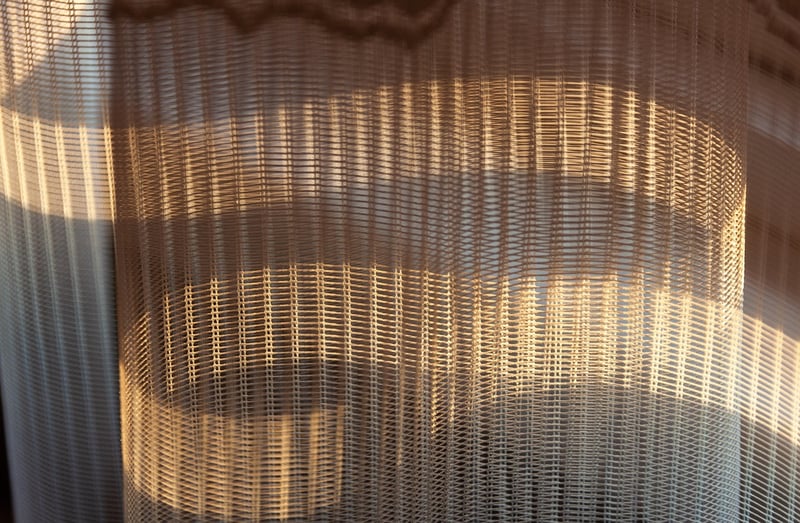Minimalistic Design
Maximizing Living Space Efficiency with Minimalistic Design
In today's fast-paced world, maximizing living space efficiency while maintaining a sense of style and comfort has become a priority for many. Embracing a minimalistic design approach can help transform your living spaces into functional and aesthetically pleasing areas that promote a sense of calm and tranquility.
The Benefits of Minimalistic Design
Minimalistic design focuses on simplicity, clean lines, and a clutter-free environment. By reducing unnecessary items and embracing a "less is more" philosophy, you can achieve the following benefits:
- Enhanced visual appeal
- Improved functionality
- Increased sense of spaciousness
- Easier maintenance and cleaning
- Promotion of a peaceful and stress-free environment
Tips for Maximizing Living Space Efficiency
Here are some practical tips to help you maximize living space efficiency with a minimalistic design:
- Declutter: Start by decluttering your living spaces and getting rid of items you no longer need. Keep only the essentials that bring you joy or serve a practical purpose.
- Multi-functional Furniture: Invest in multi-functional furniture pieces such as sofa beds, storage ottomans, or extendable dining tables to maximize space utilization.
- Vertical Storage: Utilize vertical space by installing shelves or wall-mounted cabinets to keep items off the floor and create a sense of height in the room.
- Lighting: Incorporate adequate lighting through natural light sources and strategically placed lamps to brighten up the space and make it feel more open.
- Neutral Color Palette: Opt for a neutral color palette with pops of color to create a cohesive and calming environment. Light colors can make a space feel larger and more inviting.
Embracing Minimalistic Design Aesthetics
Minimalistic design is characterized by simplicity, functionality, and a focus on quality over quantity. Key elements of minimalistic design include:
- Clean lines and geometric shapes
- Open spaces and uncluttered surfaces
- Neutral color schemes with occasional accent colors
- Natural materials such as wood, stone, and metal
- Minimal decoration and accessories
By incorporating these elements into your living spaces, you can create a harmonious and inviting environment that promotes a sense of well-being and relaxation.
Conclusion
Maximizing living space efficiency with minimalistic design is not only practical but also aesthetically pleasing. By decluttering, optimizing furniture choices, and embracing minimalistic design principles, you can create a space that is both functional and visually appealing. So, simplify your living spaces and enjoy the benefits of a minimalist lifestyle!

Image source: Pixabay
